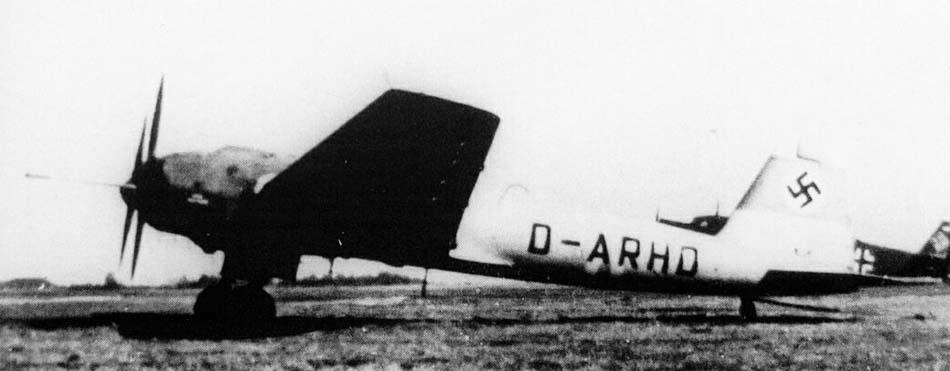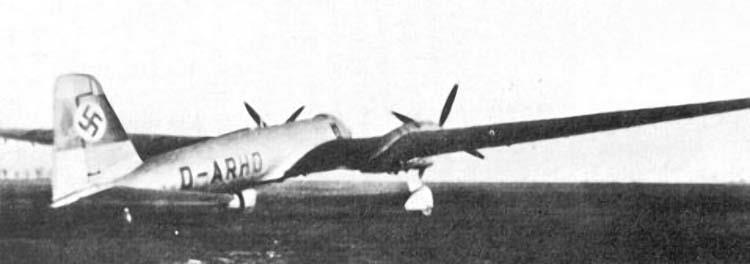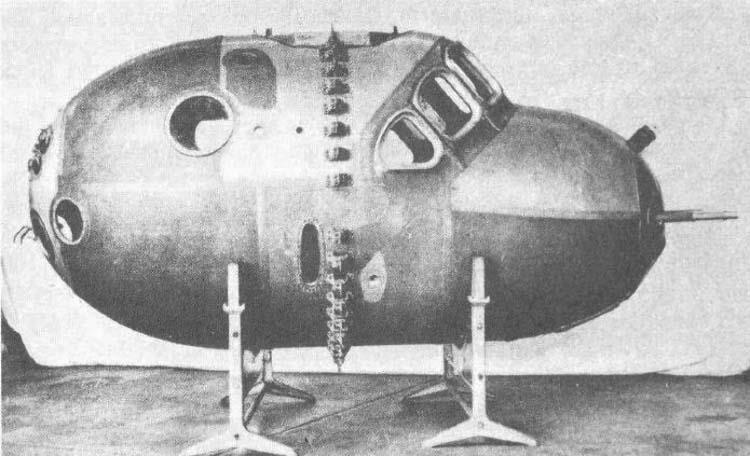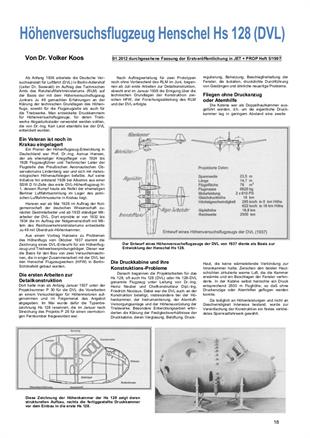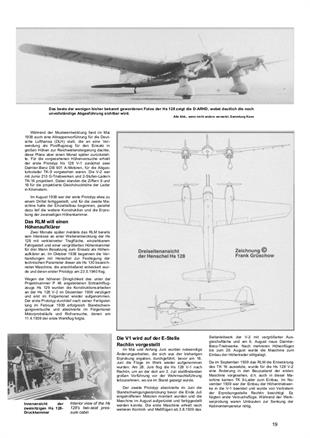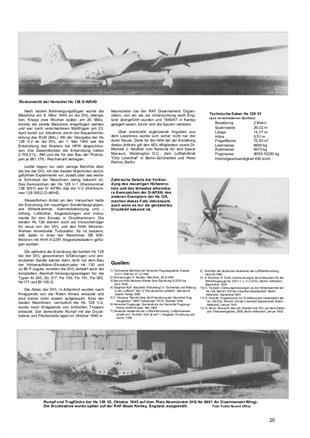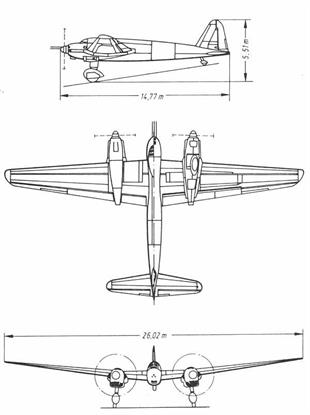| Type |
V1 2-seat researchplane for altitude experiments |
V2 2-seat researchplane for altitude experiments |
| Engine |
2 Daimler-Benz DB 601 |
2 Junkers JUmo 210 with a TK-16 supercharger |
| Dimensions |
Length 14,77 m , height 5,51 m , span 26,02 m , wing area , |
| Weights |
Empty , loaded , max. take off weight |
| Performance |
Max.. speed , cruising speed , range , endurance , service ceiling , climb |
| Type |
Werk.Nr |
Registration |
History |
| V1 |
|
D-ARHD |
|
| V2 |
|
|
|
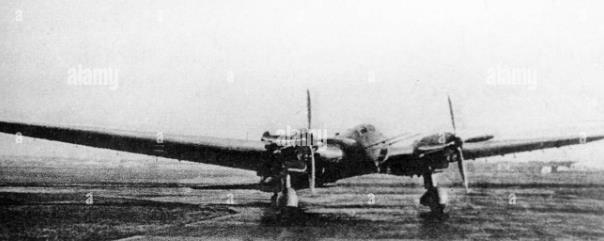
The first Henschel Hs123 and Hs126 aircraft were simple but successful, they were launched into a large series, and this allowed us to proceed to more serious projects. This was supported by the leading research institute of the German aviation industry DVL. There, joint work with Henschel on high-altitude aircraft was headed by Dr. Seewalde, under whose leadership the TK9 turbocharger with automatic supercharging, similar to the American one, was created. The third participant in the project was the Hirt engine building company. She did not have such a powerful design bureau as Junkers Motorenwerke or Daimler-Benz Flugmotor, but her leadership had ambitions and a desire to take its "piece of the pie" when sharing the growing military budget of the Third Reich. The directorate of the company "Hirth" understood that they would not bypass the competitors, being engaged in the development of "ordinary" aircraft engines, and saw the only chance in the development of special-purpose engines, for example, high-altitude ones. Firm "Hirth" has created for them a two-stage drive supercharger TK16. For comparative tests of these devices, an experimental aircraft was created.Hs128 .
It was an all-metal cantilever monoplane with a single-spar wing of high elongation with a span of 26 m. The circular section fuselage with working skin had a length of 14.8 m. "hot walls" and was a separate structure, attached to the fuselage on the landing ring at half the length. The compartment had a riveted structure made of thin duralumin sheets. Cabin heating was provided by hot air circulating between the cabin and the fuselage skin. The cabin was insulated with aluminum foil. In her nose there were round portholes with double panes. The landing gear was non-retractable.
According to the initial scheme chosen for the Hs.128-V1, the aircraft received two Daimler-Benz DB601 engines with TK-9 turbochargers developed by DFL. It was expected that with them the working ceiling of the aircraft would be 9000 m. The second Hs.128-V2 with Jumo-210 engines and a two-stage supercharger TK-16 was supposed to reach a height of 15 thousand m.
Both experimental aircraft were completed in 1939. The first flights were carried out without turbochargers, but valuable data was obtained on pressurized cabins. Both aircraft were subsequently tested with DFL and Hirth turbochargers and DB601 and DB605 engines. During the tests, other pressurization devices, nitrous oxide injection systems GM1 and alcohol-water mixtures MW50, which increase altitude and power, were also tested on them. Although there were many failures on both aircraft, the commander of the Luftwaffe High Command Group, Theodor Rowel, recommended building a high-altitude reconnaissance aircraft at their base.
